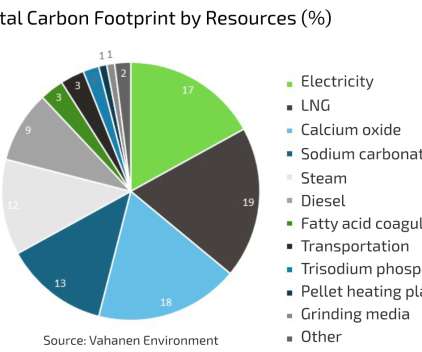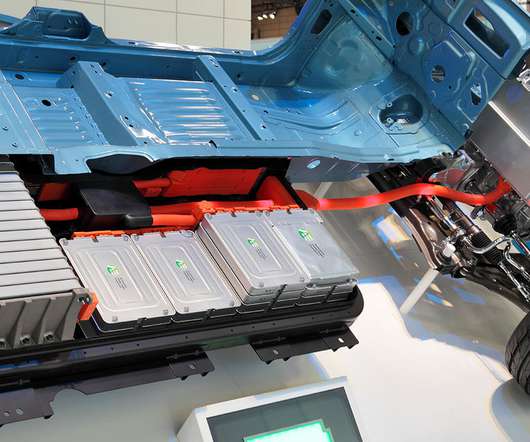Keliber says studies show its lithium hydroxide will have smaller carbon footprint than most of the competition
Green Car Congress
MARCH 10, 2022
More than half of the electricity from the Finnish national grid is generated from renewable energy sources. Consulting company Wood Mackenzie analyzed seven existing or planned global lithium chemicals production chains, ending in Rotterdam in Holland. tonnes/produced tonne.















Let's personalize your content